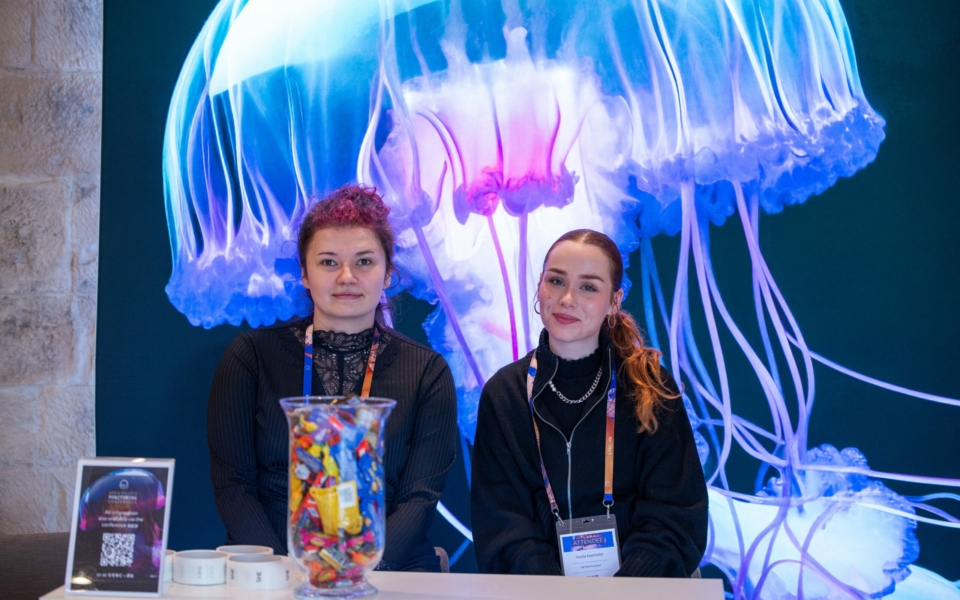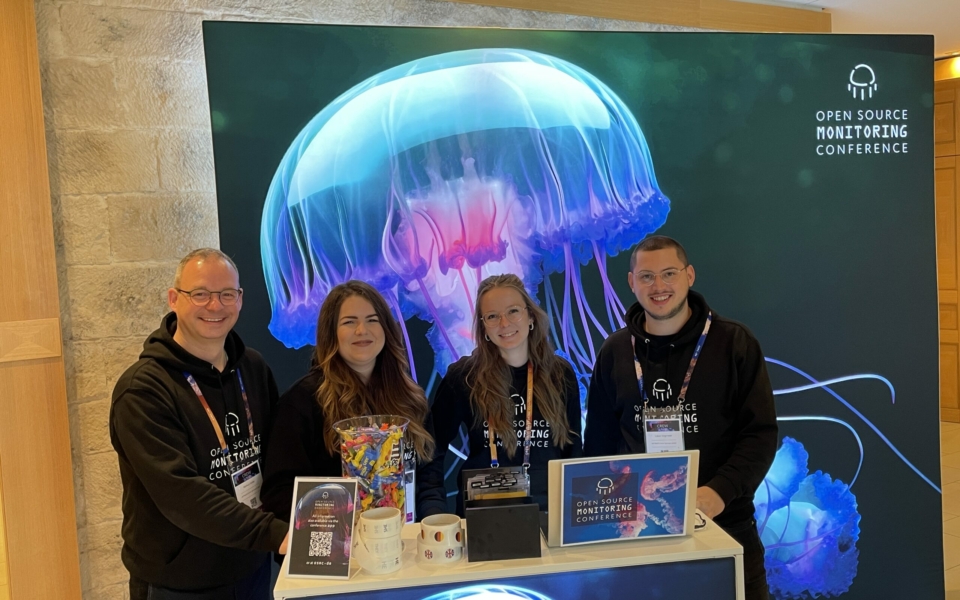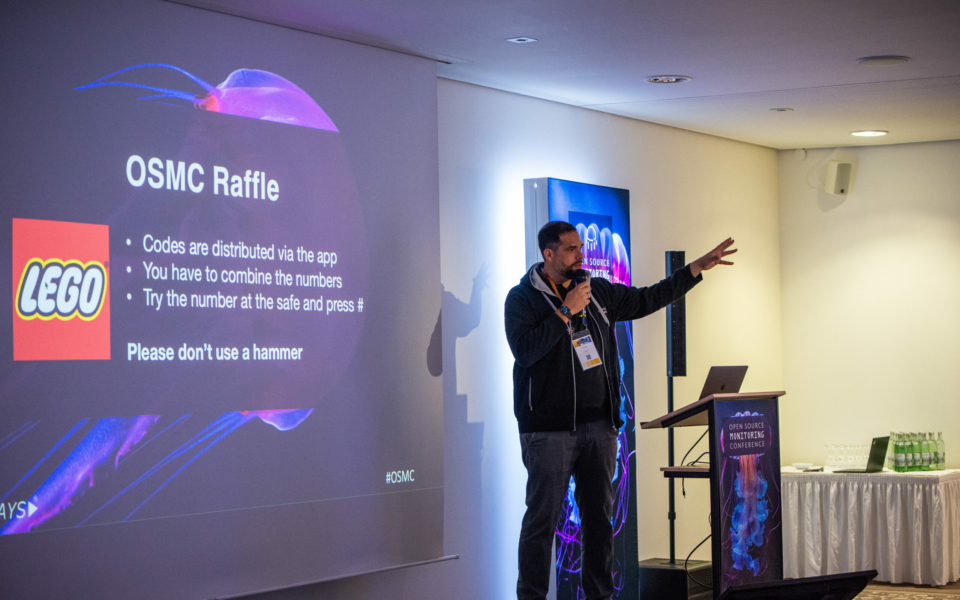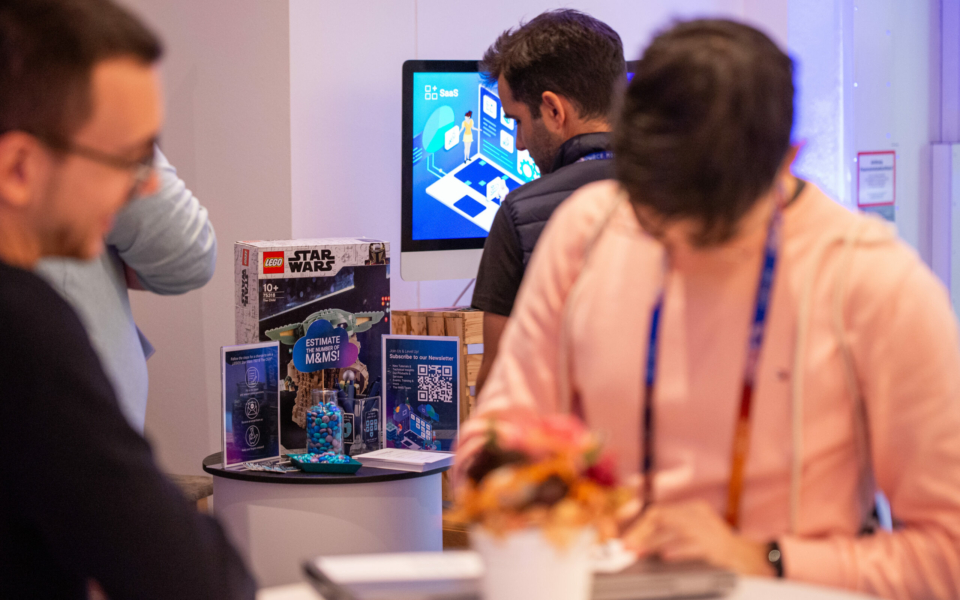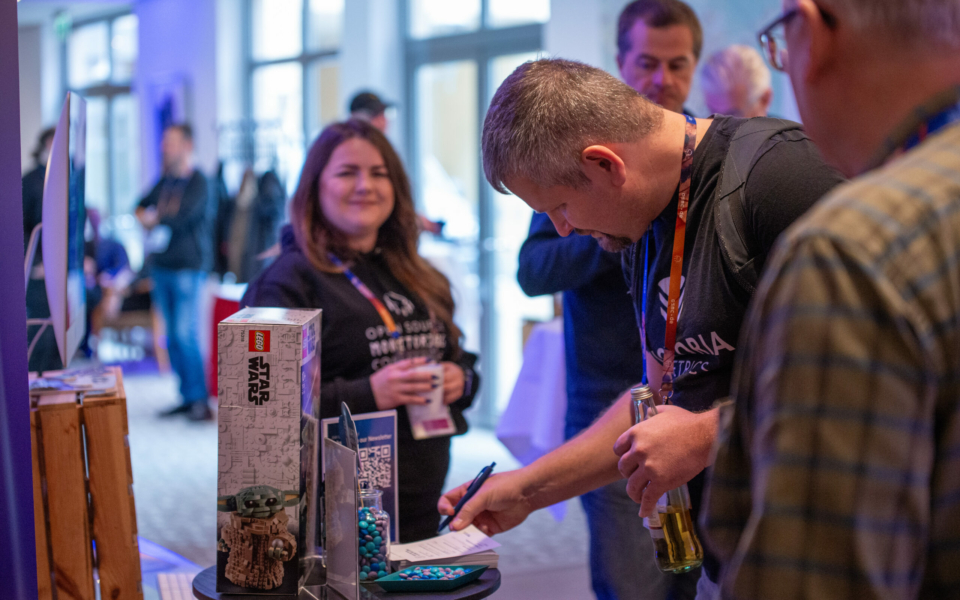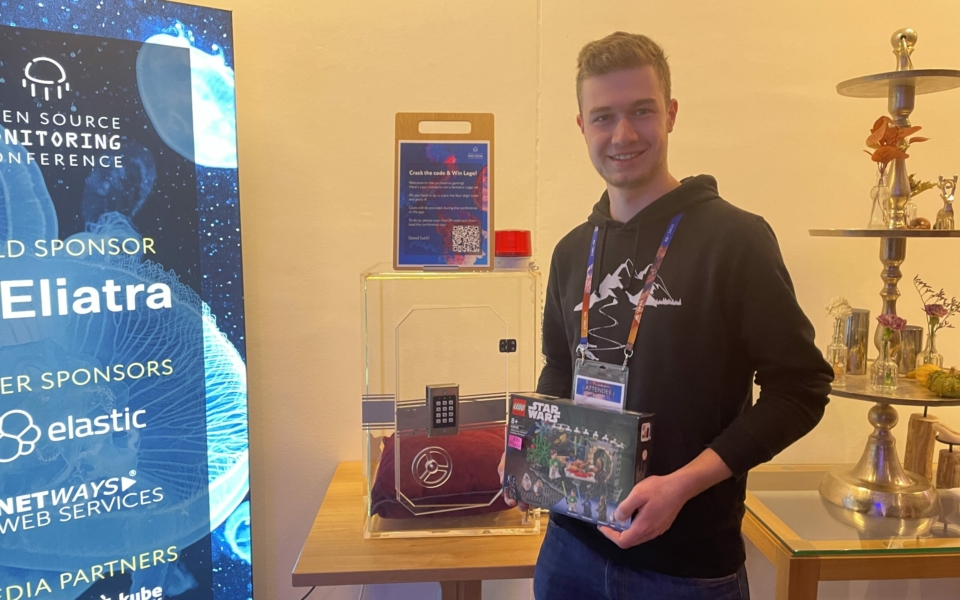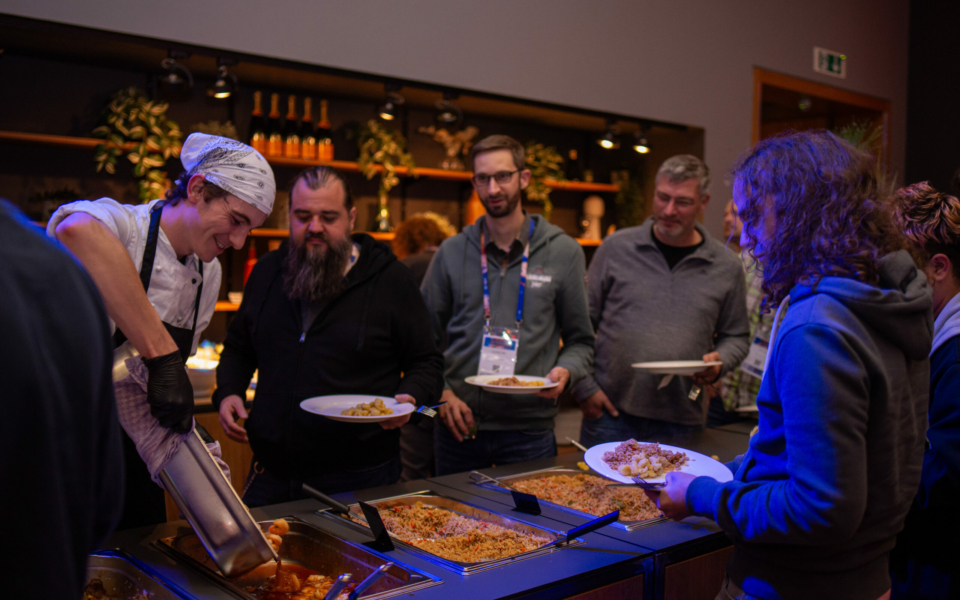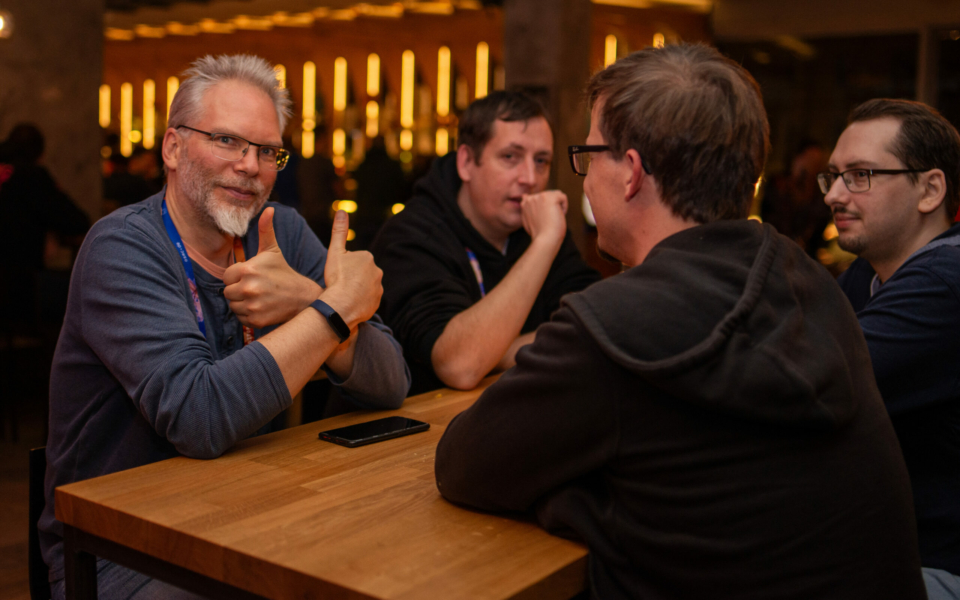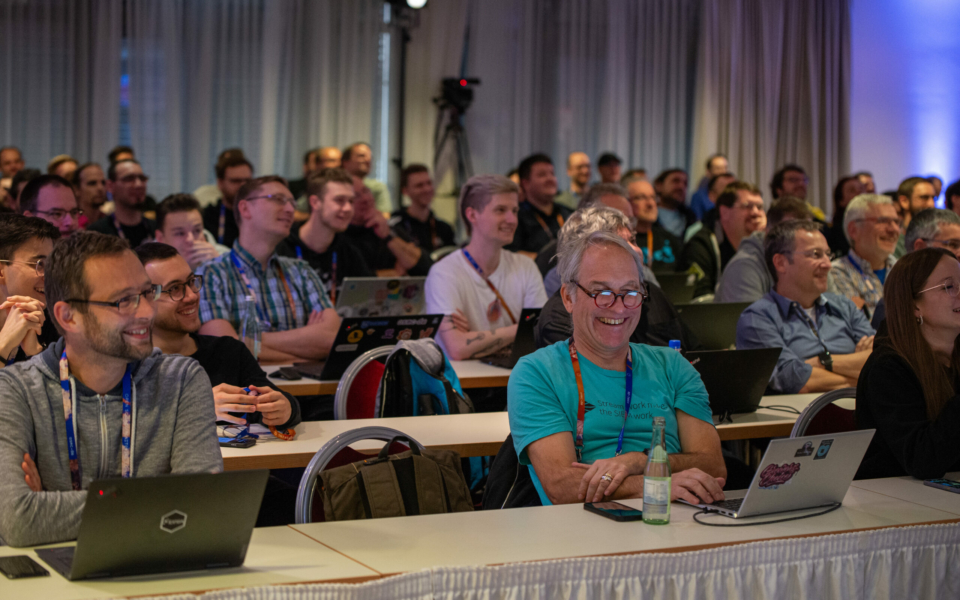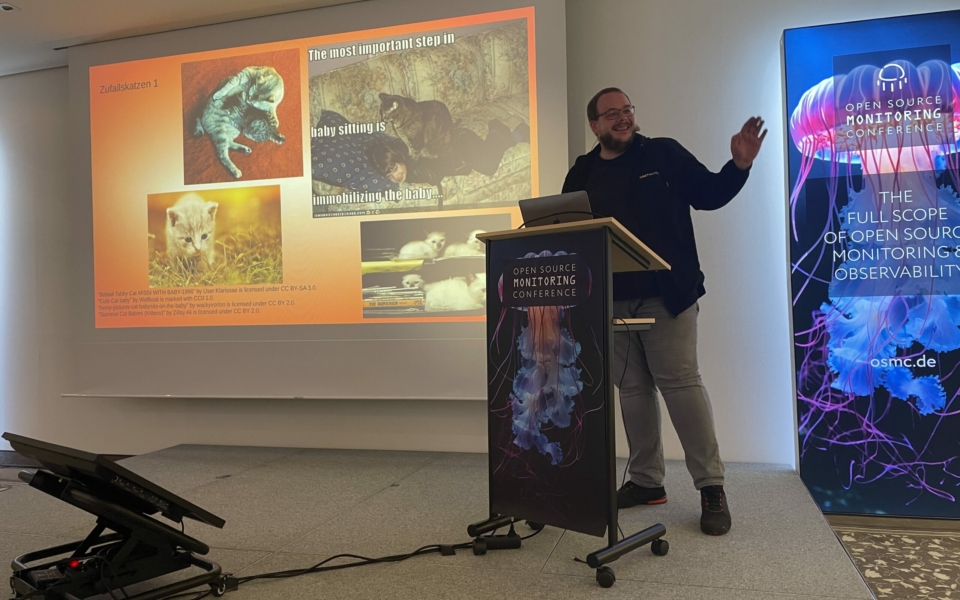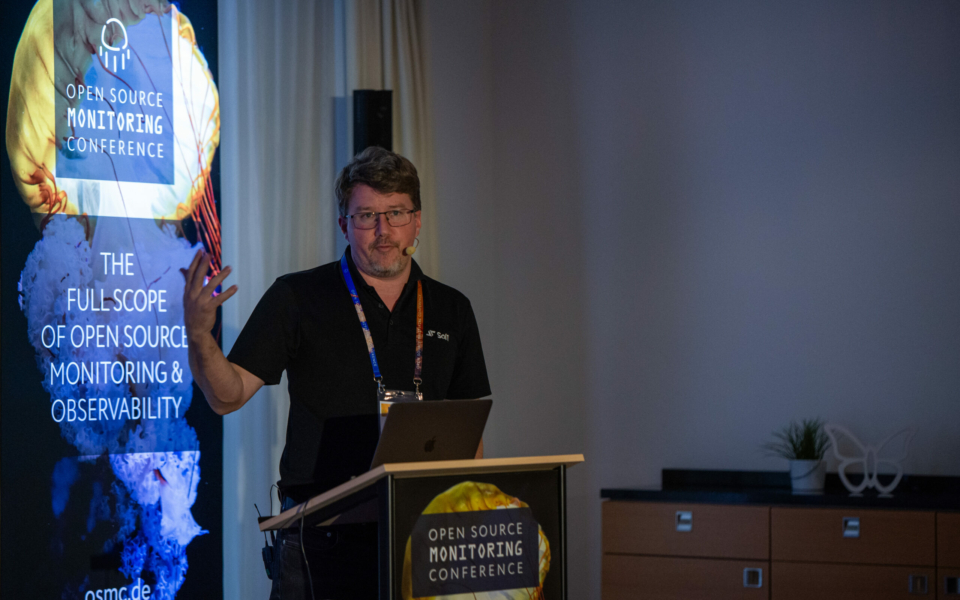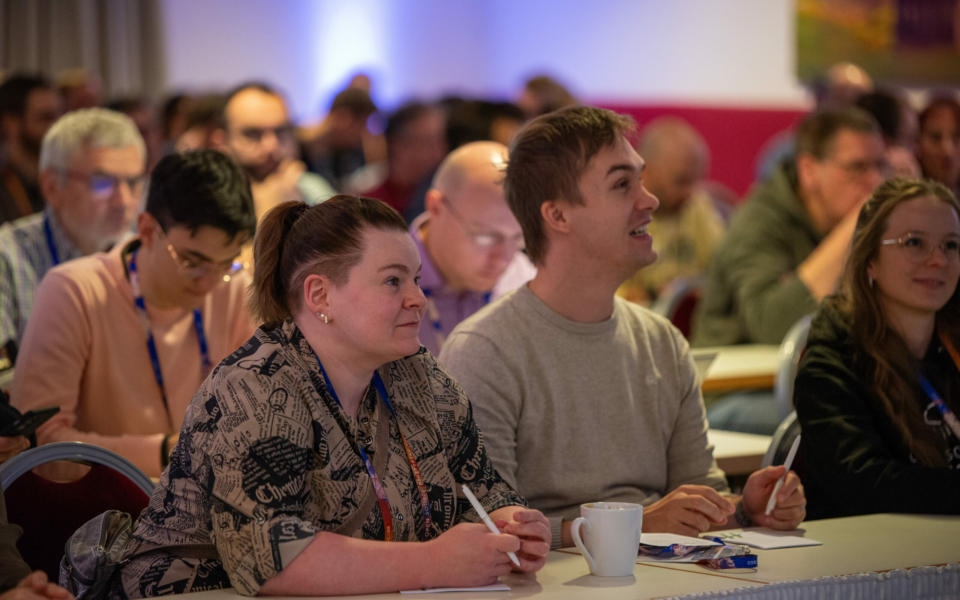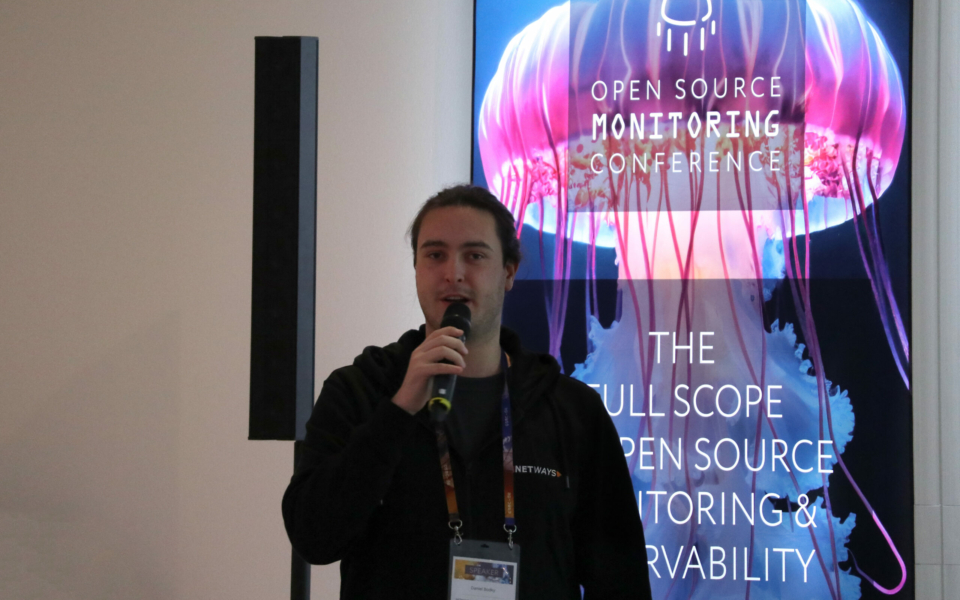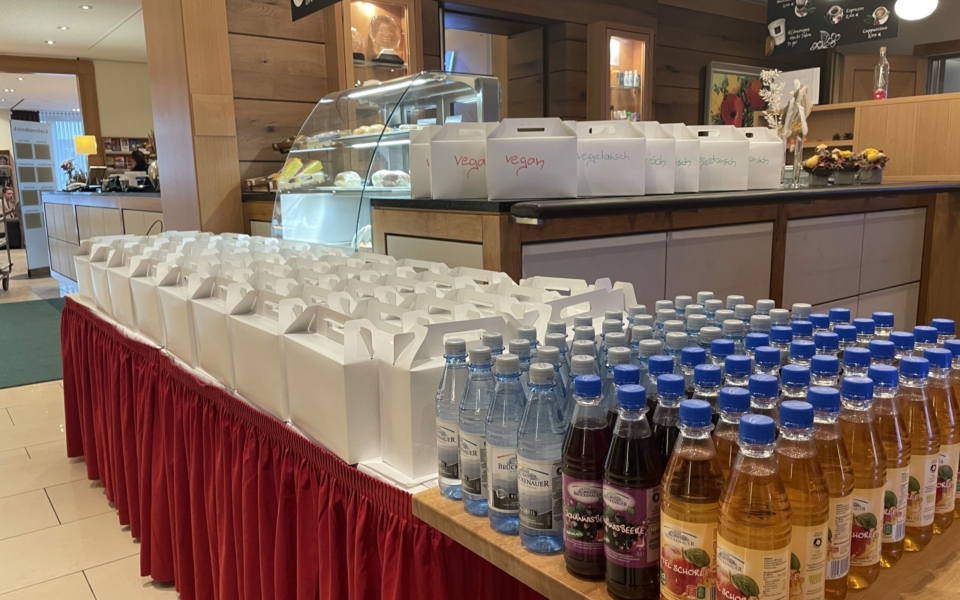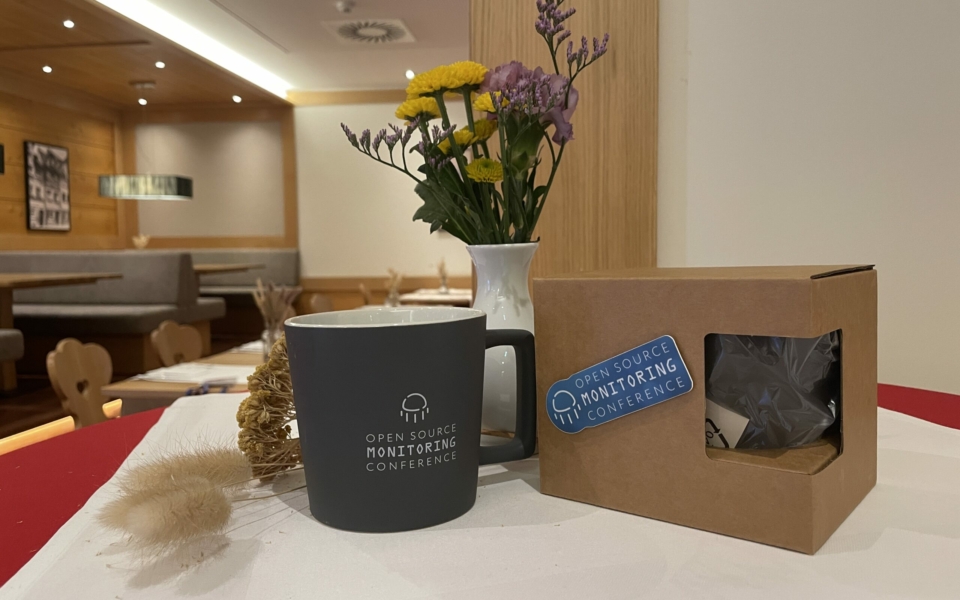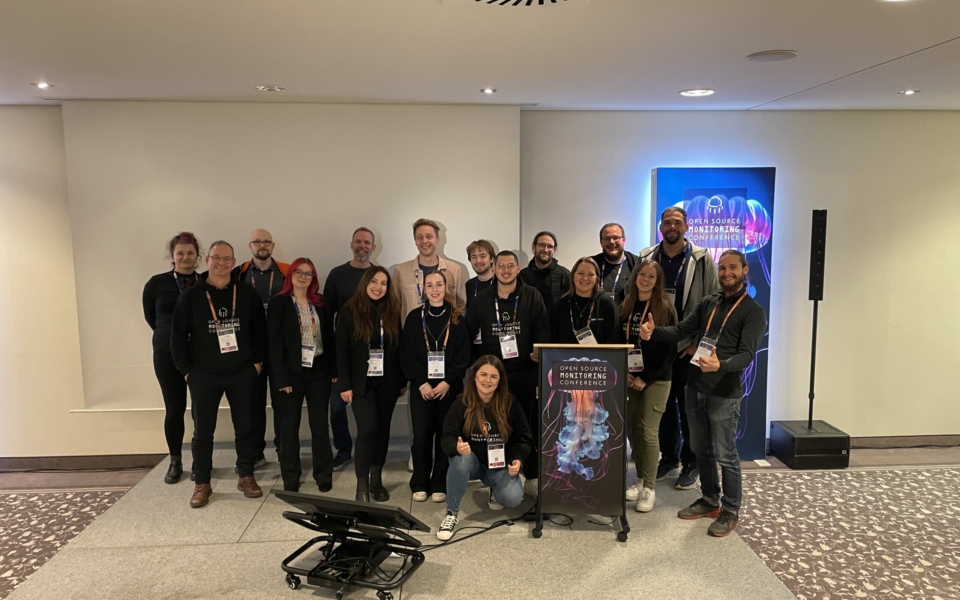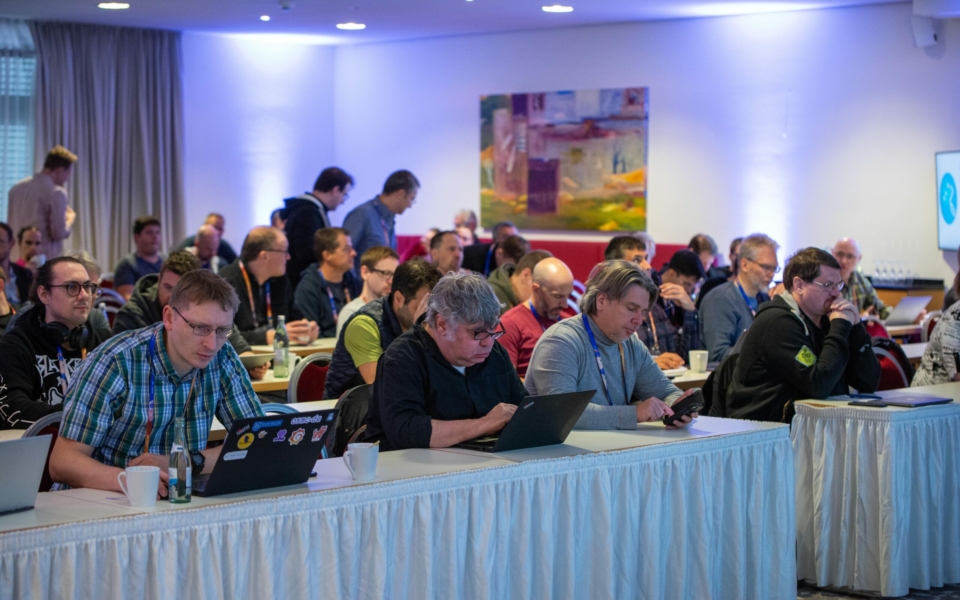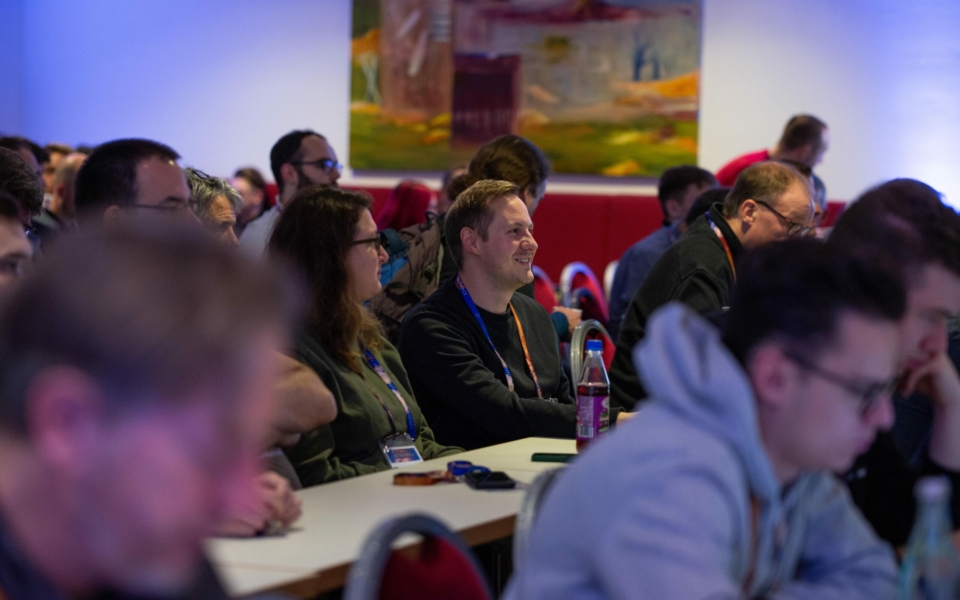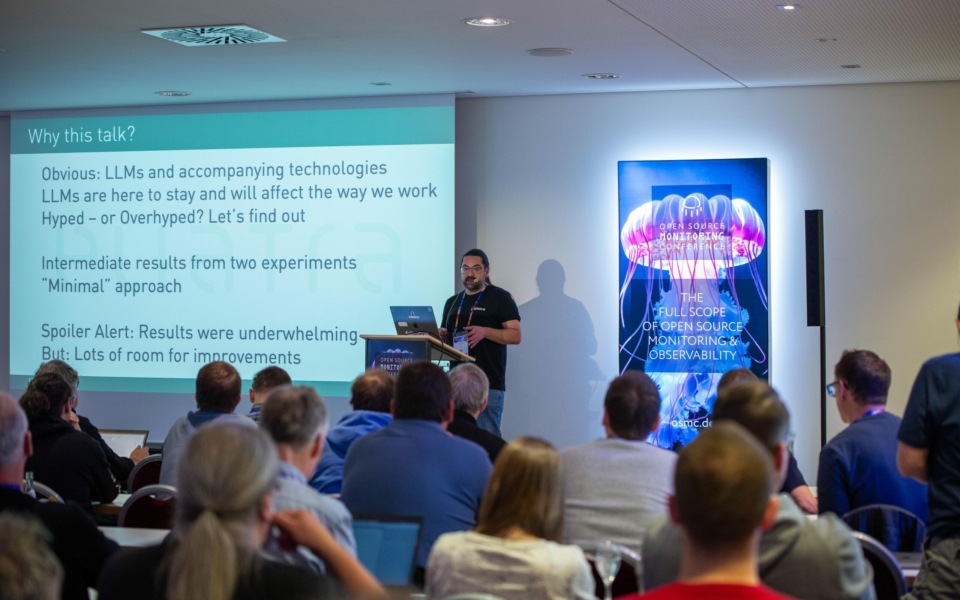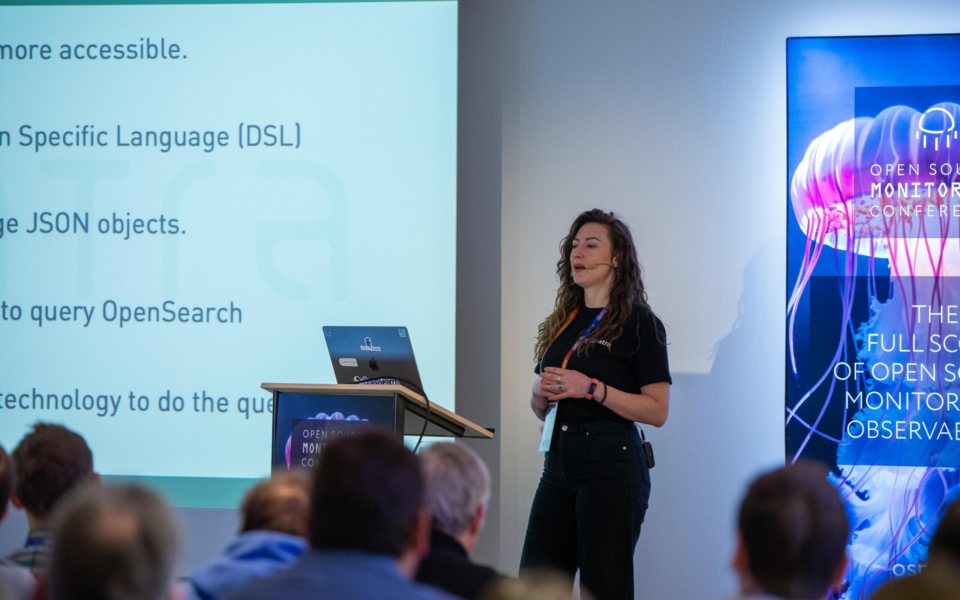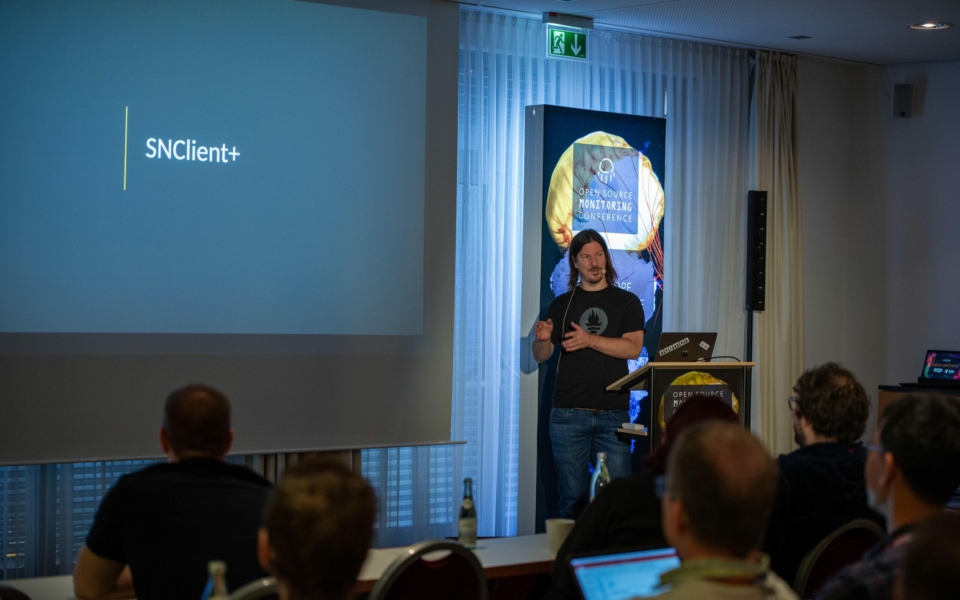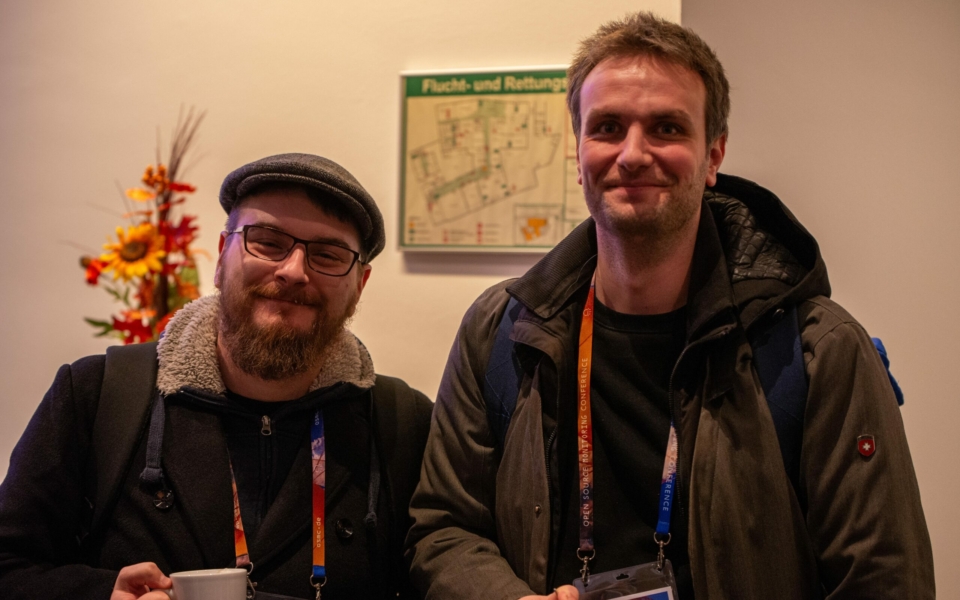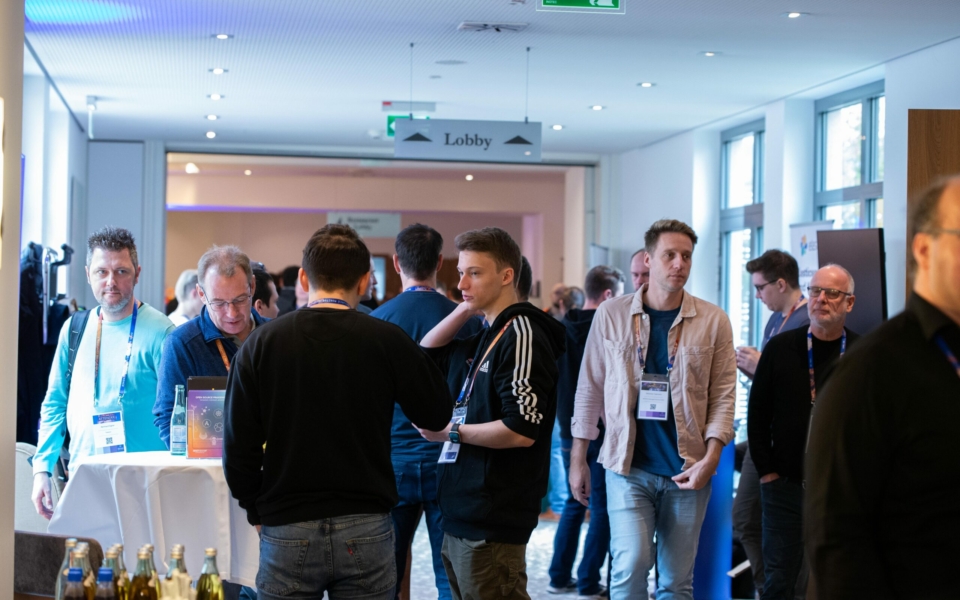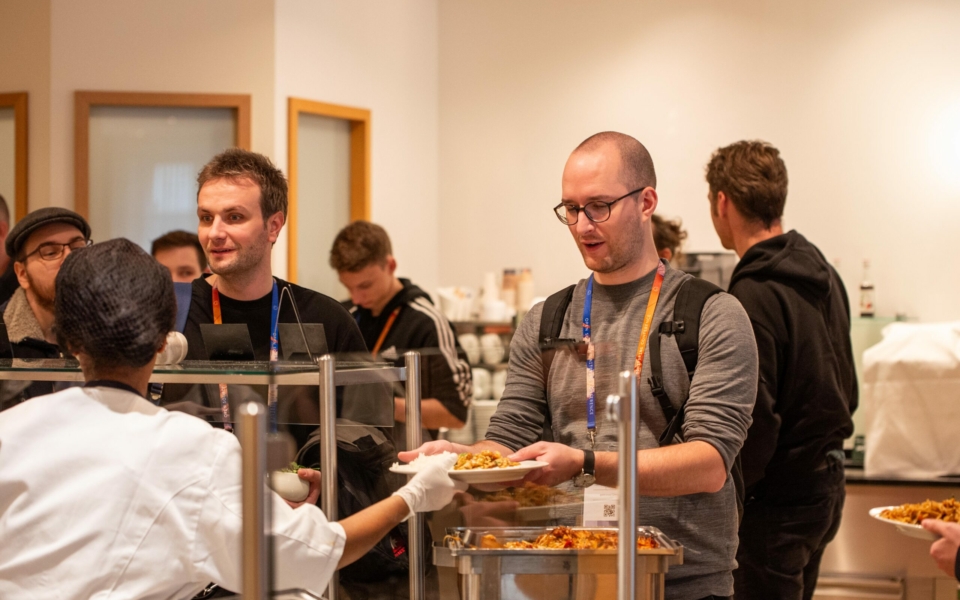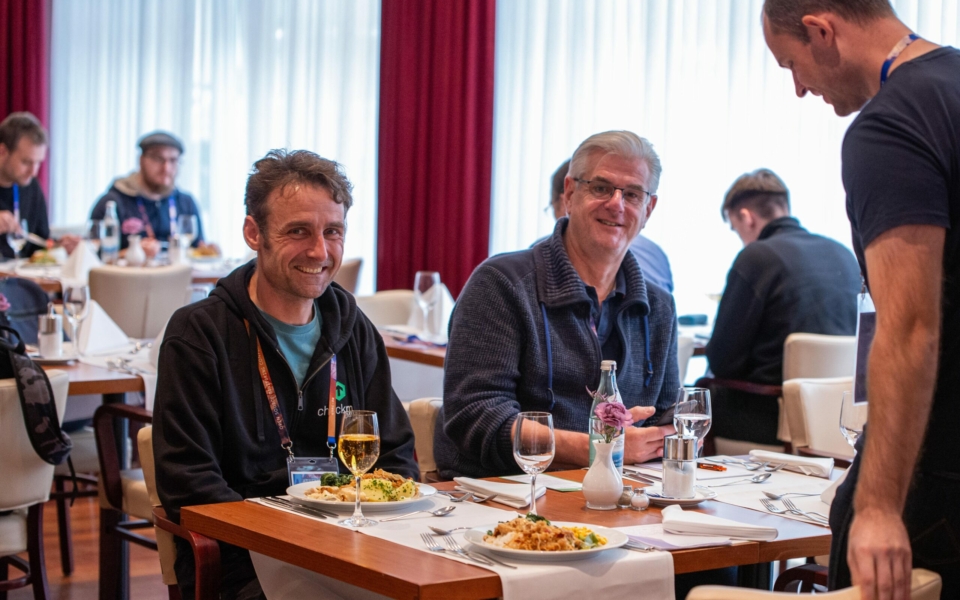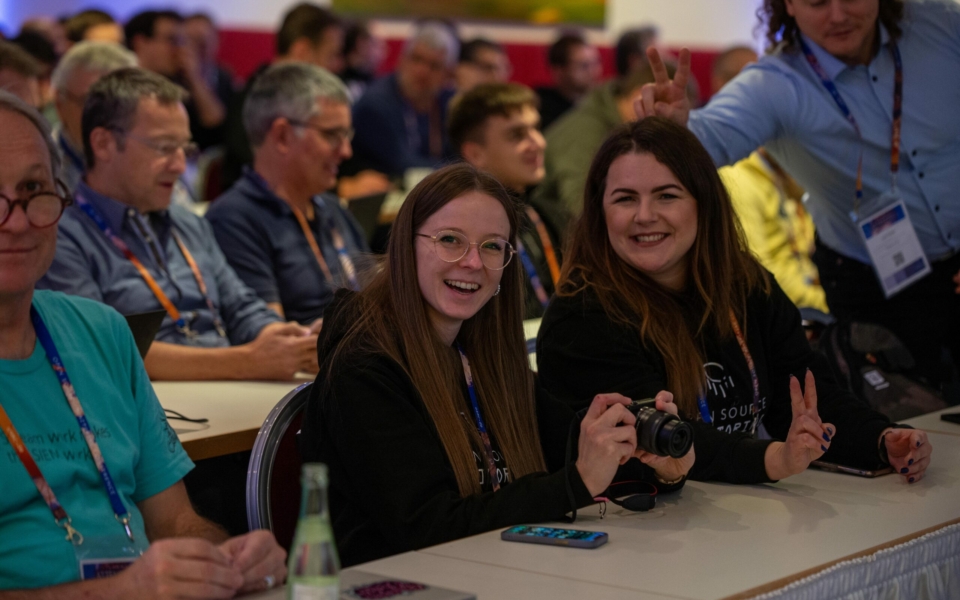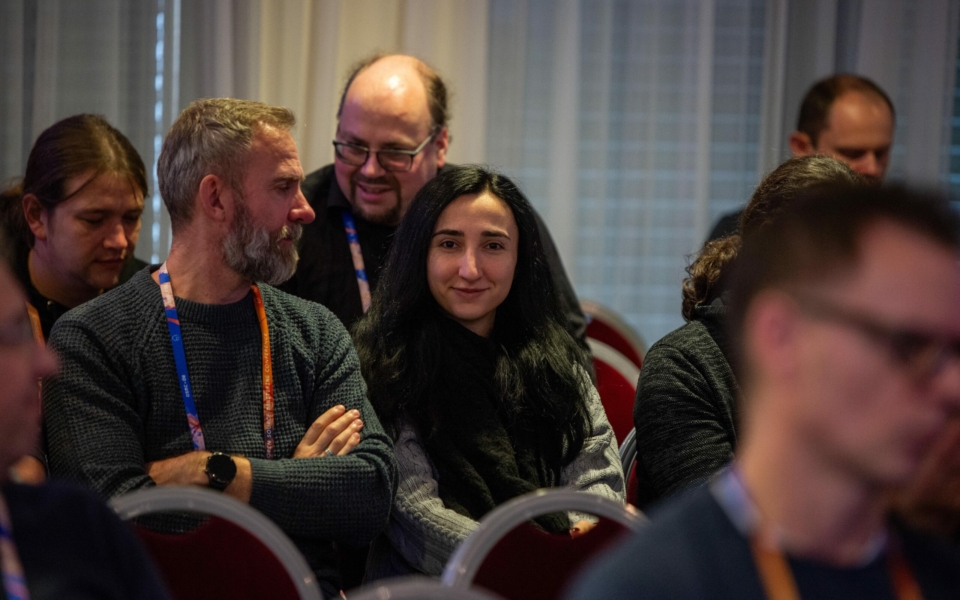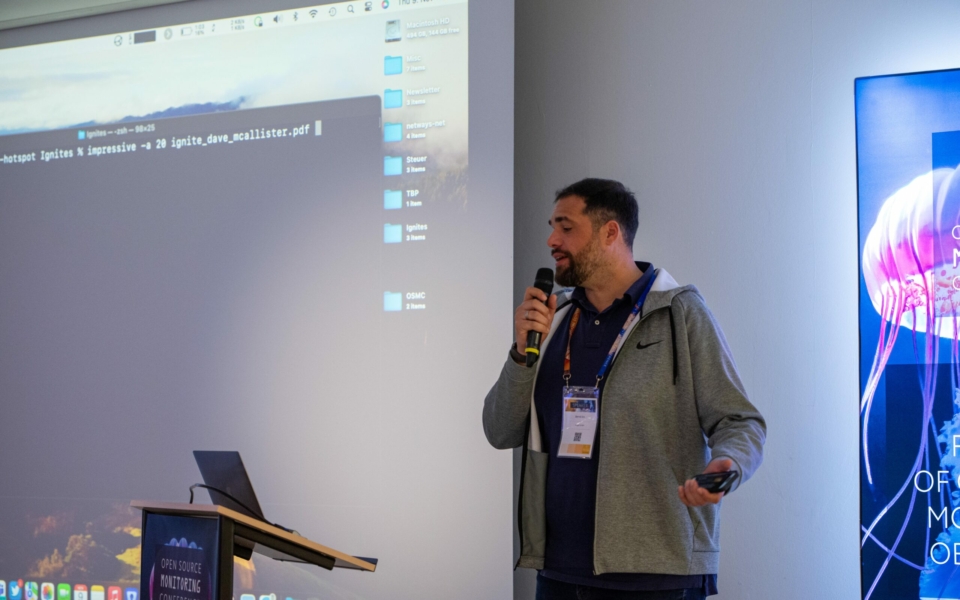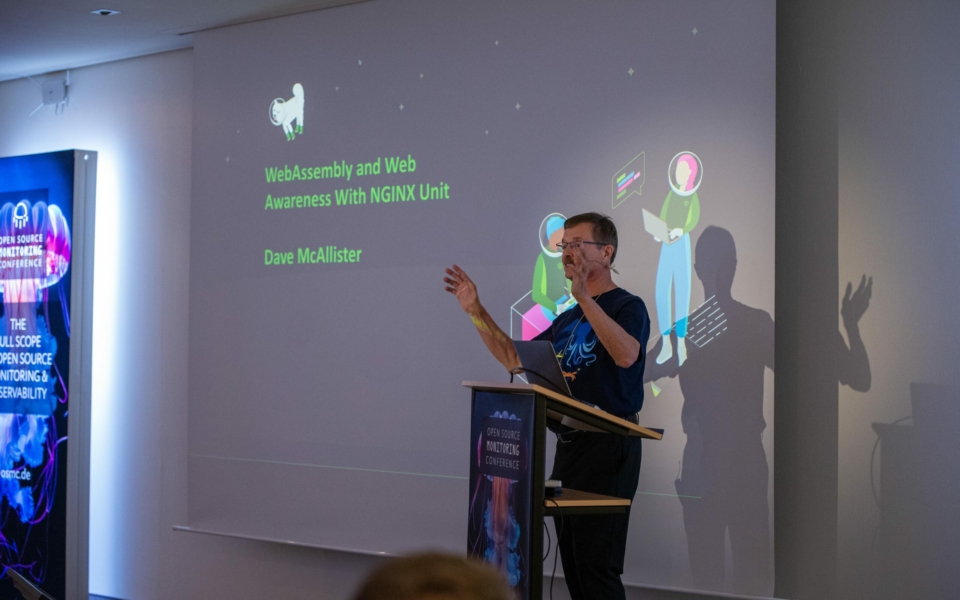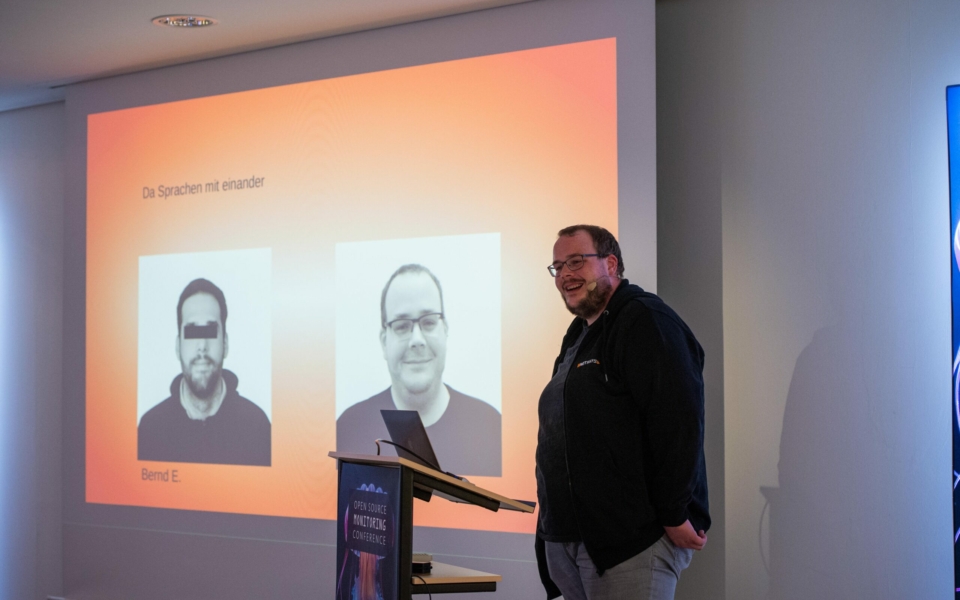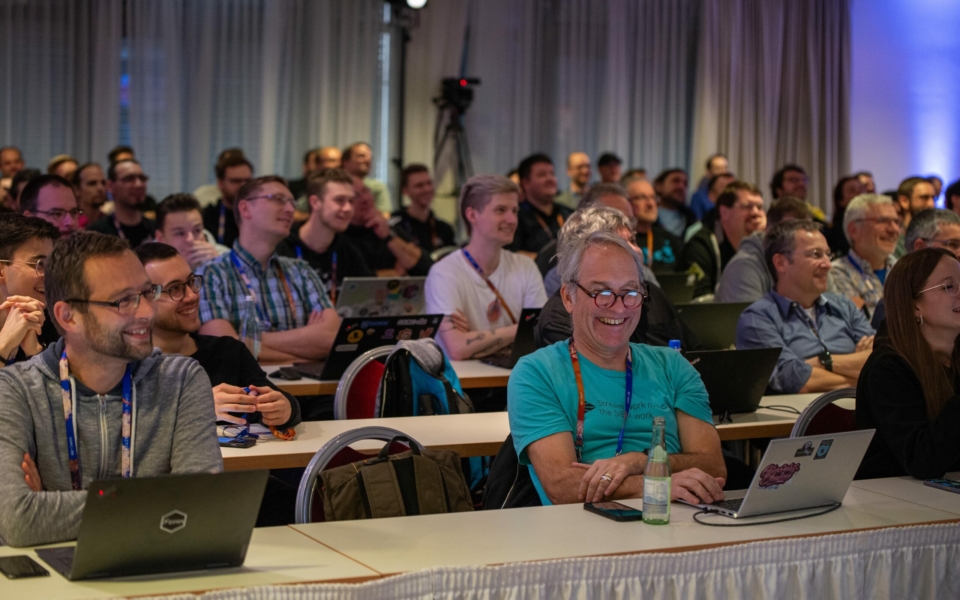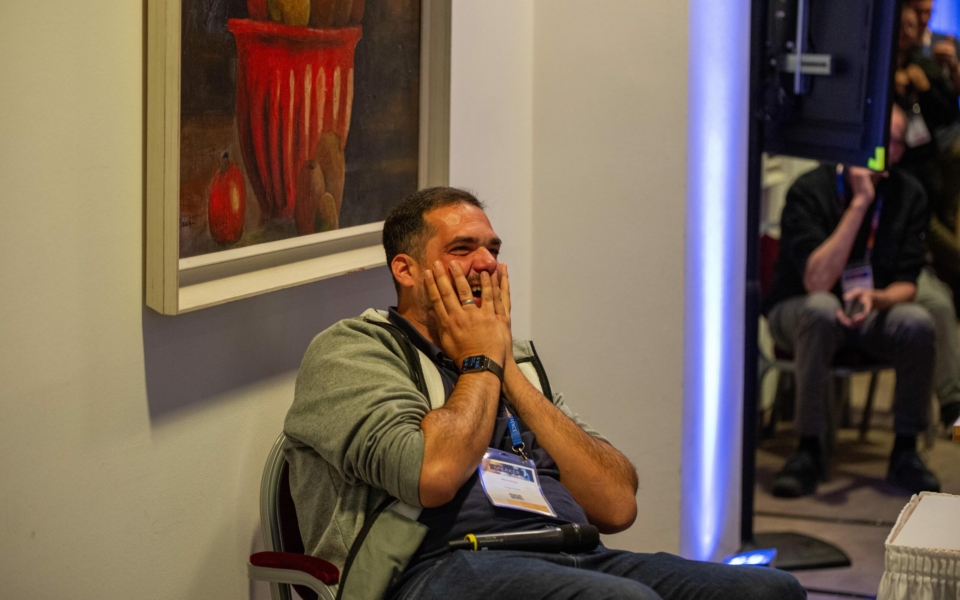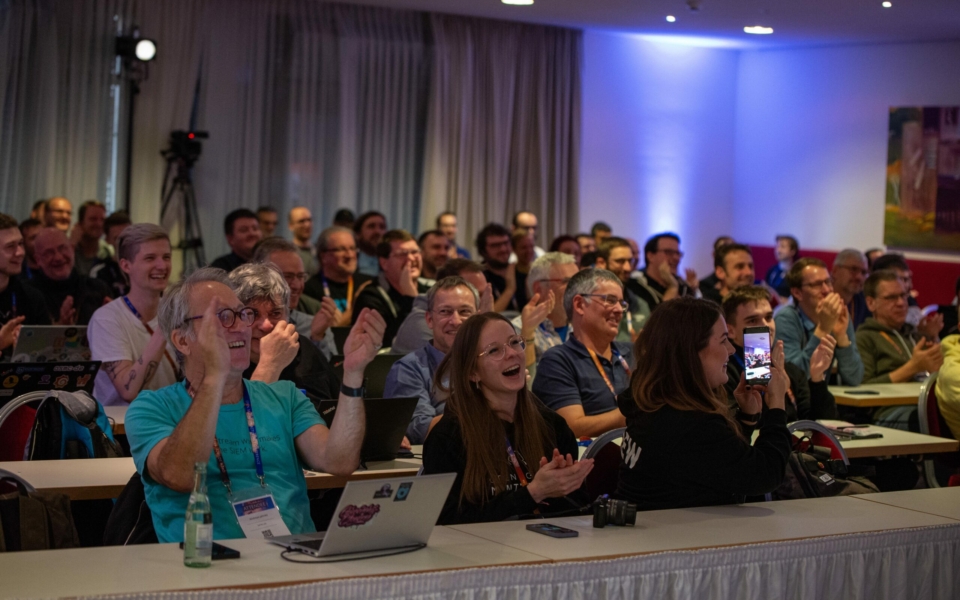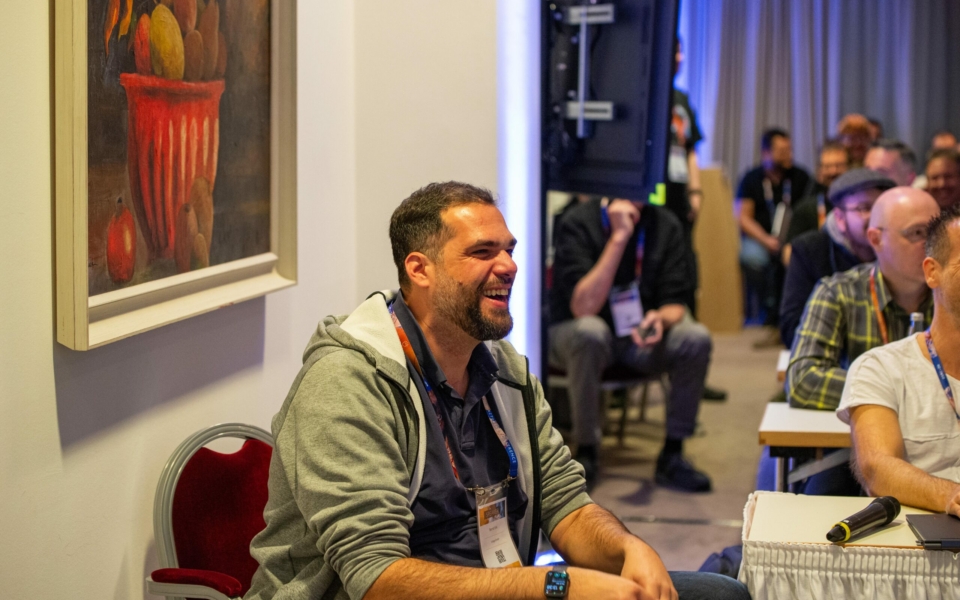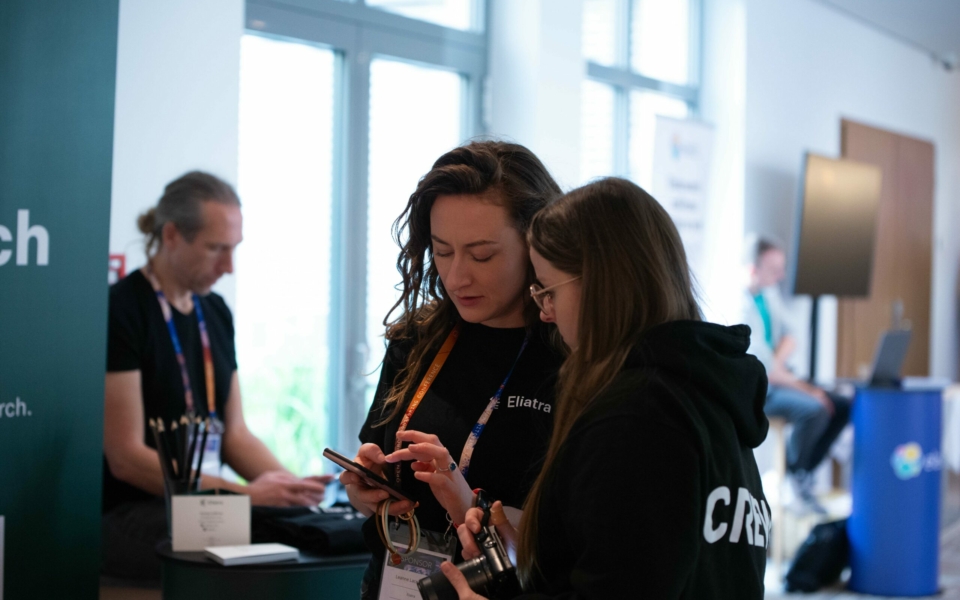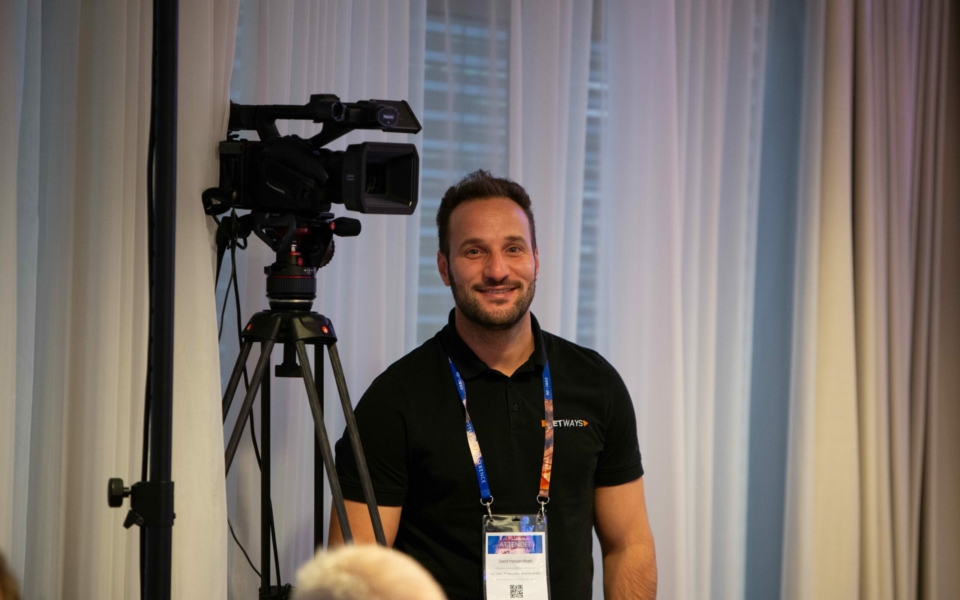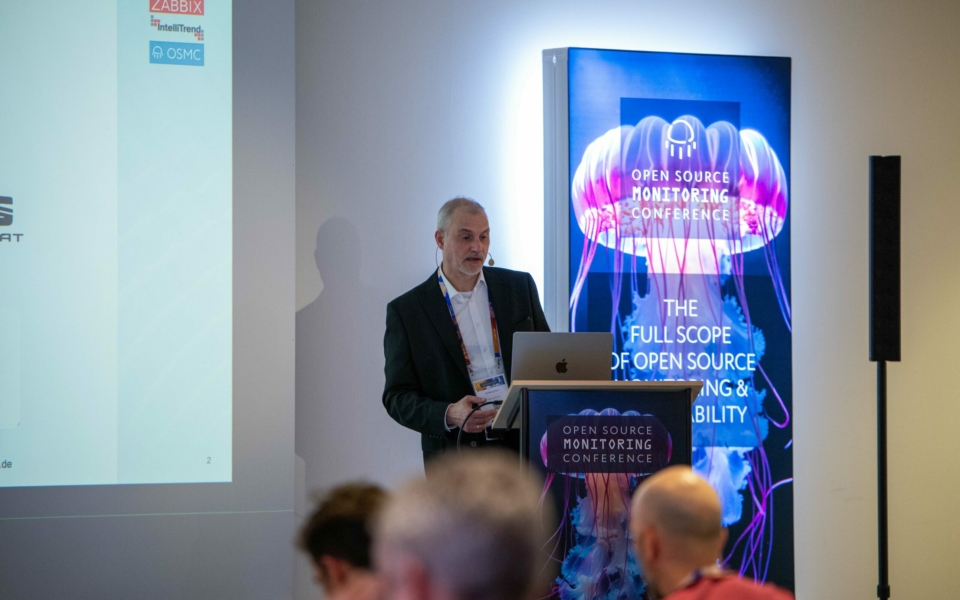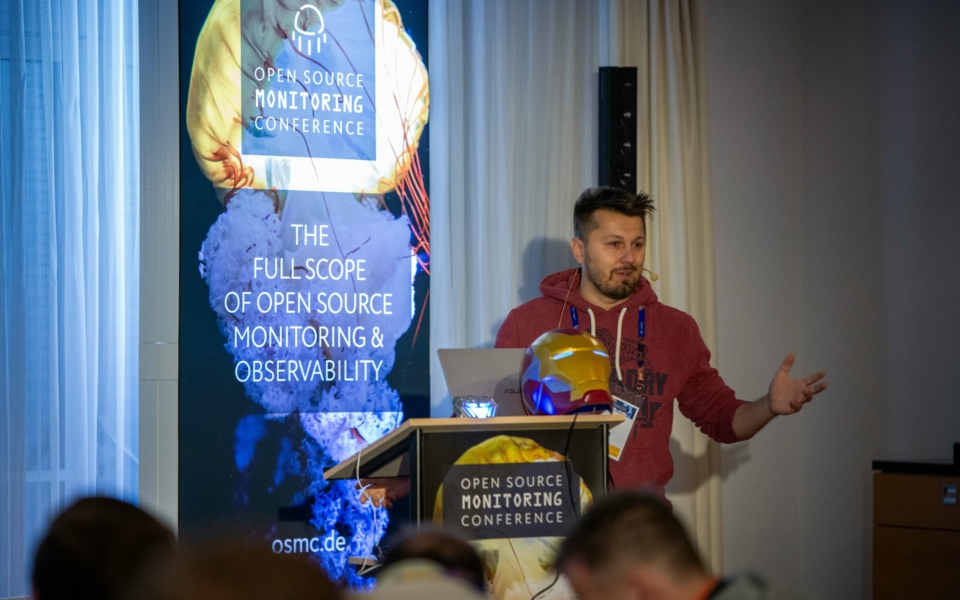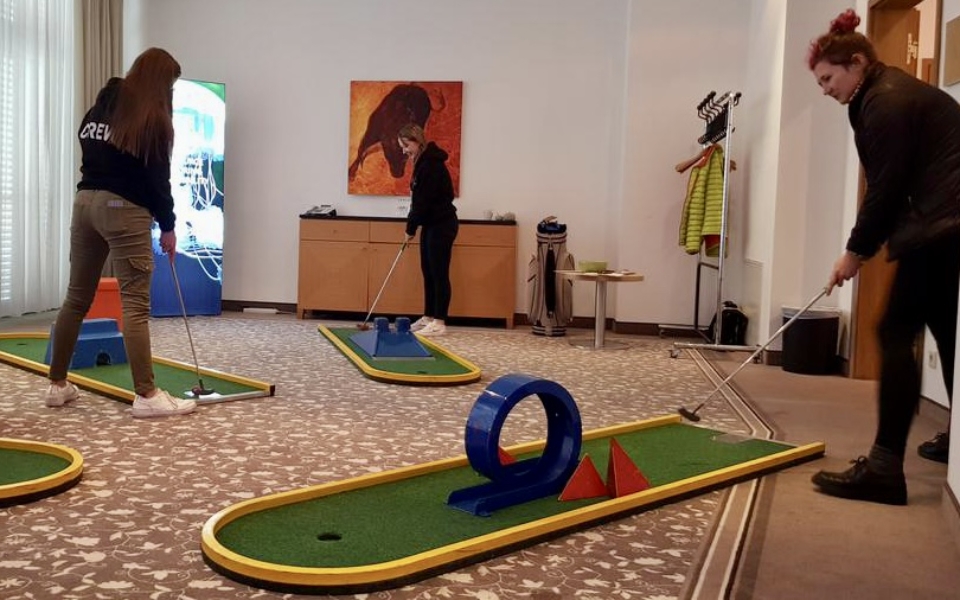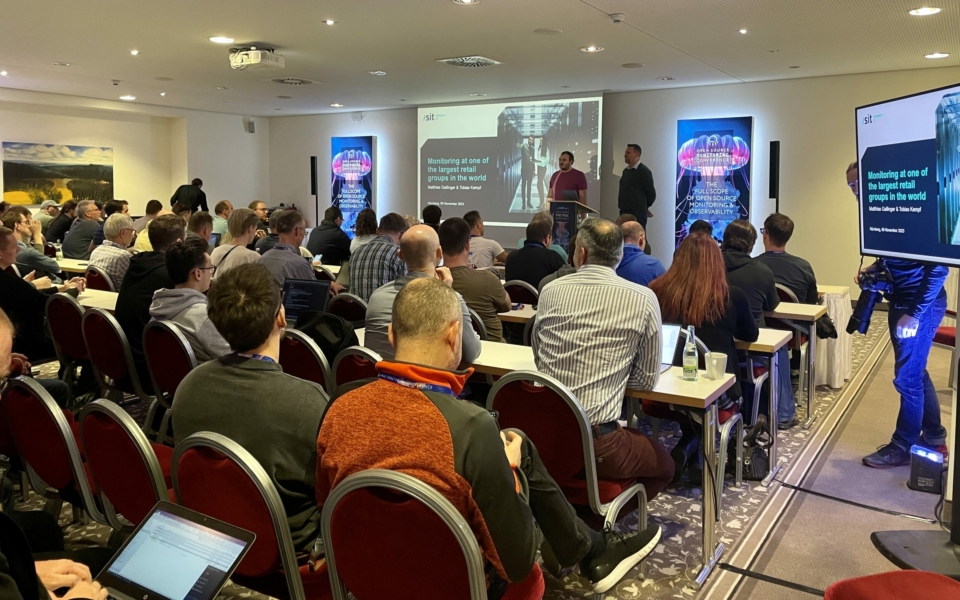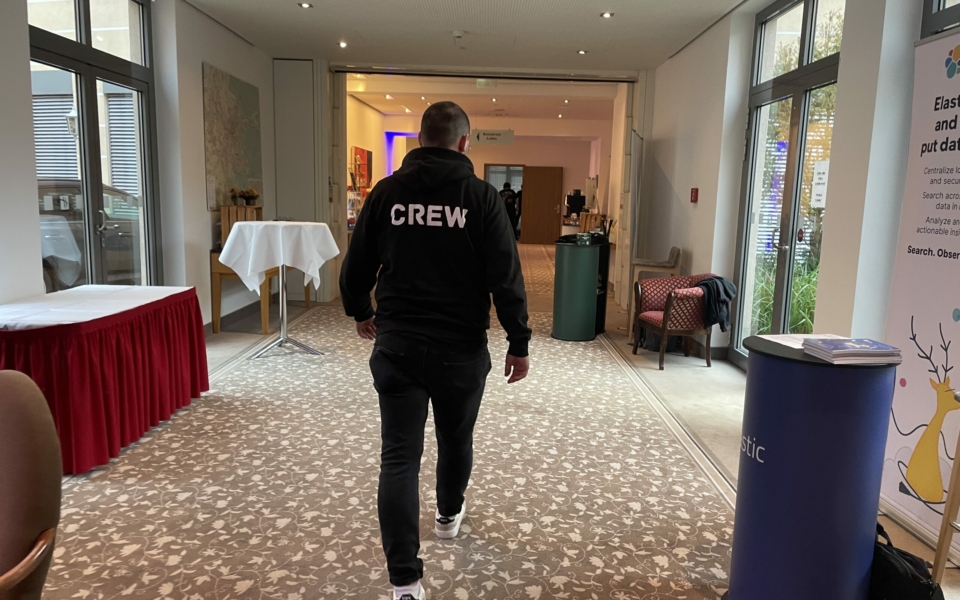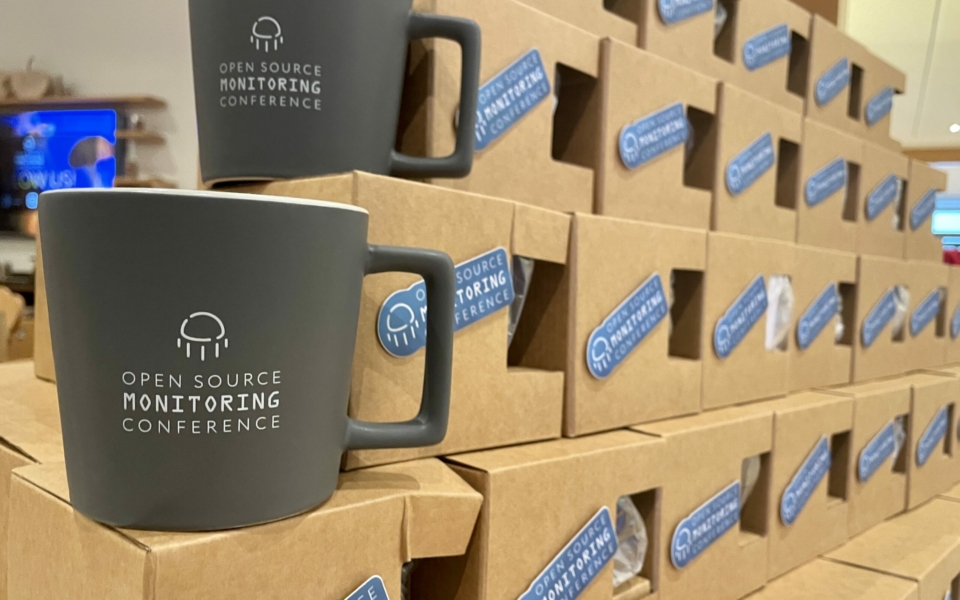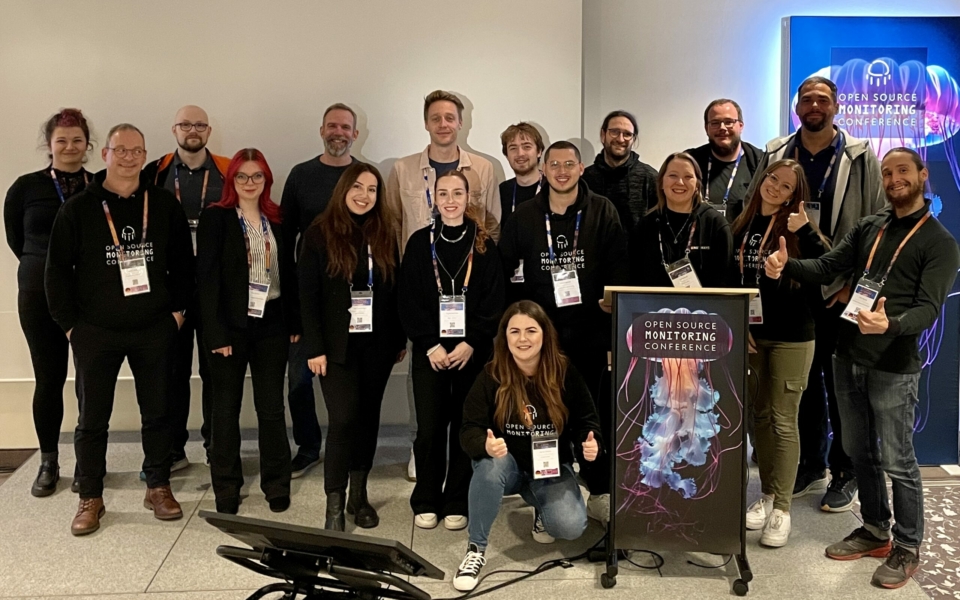Das Community-Event zum praktischen Einsatz neuester Kubernetes Lösungen.
Darum geht’s!
Kenntnisse im Bereich Kubernetes sind gefragt wie nie zuvor. Das Open Source Camp für Kubernetes legt den Fokus auf den modernen Einsatz von Kubernetes in Unternehmensumgebungen. Wir entdecken gemeinsam, wie Dein Unternehmen durch den geschickten Einsatz von Kubernetes sowie cloud-basierten Lösungen noch erfolgreicher wird. Das Camp findet am 18. April in Nürnberg statt.
Deine Vorteile
Profitiere von praxisnahen Vorträgen führender Experten. Vernetze Dich mit Gleichgesinnten und bleib auf dem aktuellen Stand, was die neuesten Entwicklungen in der Welt von Kubernetes betreffen. Werde Teil der K8s-Community und entwickle Dich stetig weiter. Lass Dich inspirieren von Ideen anderer und hol Dir Feedback zu Deinen eigenen Projekten!
Jetzt Talk Einreichen!
Der Call for Papers für das diesjährige Open Source Camp ist eröffnet! Bis 15. Februar hast Du die Möglichkeit, Deinen Vortrag einzureichen. Wir sind auf der Suche nach Speakern, die über aktuelle Themen, technische Hintergründe, neueste Entwicklungen und zukünftige Trends in Bezug auf den Einsatz von Kubernetes sprechen. Die Vortragsdauer beträgt jeweils 30 Minuten, inklusive einer 5- bis 10-minütigen Fragerunde.
Überzeugt? Dann reiche Deinen Talk ganz einfach und über unser Formular auf der Website ein!
Early Bird Tickets
Profitiere von unserem Frühbucher-Angebot und sichere Dir bis 31. Januar eines unserer beliebten Early Bird Tickets zum besten Preis! Enthalten im Ticket ist neben der Veranstaltungsteilnahme auch Frühstück, Mittagessen, Nachmittagskaffee sowie der Zugang zu unserem Online-Archiv. Sichere Dir jetzt Deinen Platz und sei beim Community-Event dabei!
Call for Sponsors
Du willst noch mehr auf dem Event herausholen? Dann schau Dir unbedingt unsere Sponsoren-Broschüre an! Steigere die Präsenz Deiner Marke und triff Deine Zielgruppe persönlich. Generiere hochwertige Leads und knüpfe Kontakte zu Entwicklern, Branchenexperten und Entscheidern. Entdecke, welche einzigartigen Möglichkeiten Du als Sponsor bei uns hast. Wir freuen uns darauf, von Dir zu hören!

 Selecting the right open-source project can be challenging due to uncertainties about fit and functionality. In her talk, Hila, a DevOps Engineer, discussed the DevOps perspective on open-source and provides practical advice for infrastructure-focused engineers. Drawing from experience, she addressed common pitfalls and shared insights on choosing an OSS project tailored to your environment. She also touched on the business mindset needed to evaluate key indicators based on your specific needs and challenges.
Selecting the right open-source project can be challenging due to uncertainties about fit and functionality. In her talk, Hila, a DevOps Engineer, discussed the DevOps perspective on open-source and provides practical advice for infrastructure-focused engineers. Drawing from experience, she addressed common pitfalls and shared insights on choosing an OSS project tailored to your environment. She also touched on the business mindset needed to evaluate key indicators based on your specific needs and challenges.